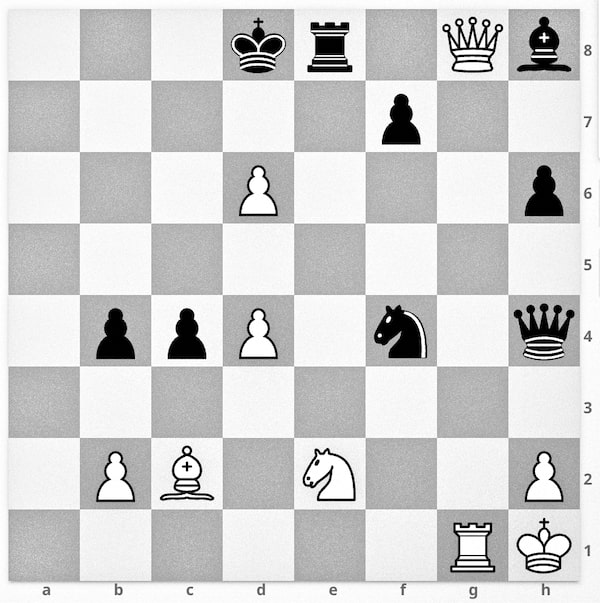Many people are astonished to discover that postal chess still exists, but international master Sam Sharpe thinks it’s the ultimate way to search for truth on the board.
In pre-computer days, players would compete in postal tournaments by mailing a postcard with each move. Games could last up to five years, or longer.
While Sharpe says there are still some traditional tournaments that work the same way, the modern version of correspondence chess is played on a computer server. The retired IT consultant in Ajax, Ont., is one of Canada’s top correspondence players.
Unlike over-the-board play, correspondence players can consult computers to figure out their next move. But Sharpe says it’s not just a question of whose hardware is the best; you have to have to guide the machine to find the right strategy.
“The fun of correspondence is to actually try to find the truth,” he says. Right now he has more than 40 games on the go, and his computers run an average of five days per move before he decides what to do.
Games are now completed much more rapidly than in the old, postal chess days. How much faster?
“It takes six months to two years per game, on average.”
Siegbert Tarrasch v Crusius/Ulrich/Wendt, Cologne, 1907

Handout
White has a pretty way to finish off his three opponents in this consultation match. What is it?
After 36. Ba4 Black resigned.
 Cecil Rosner
Cecil Rosner